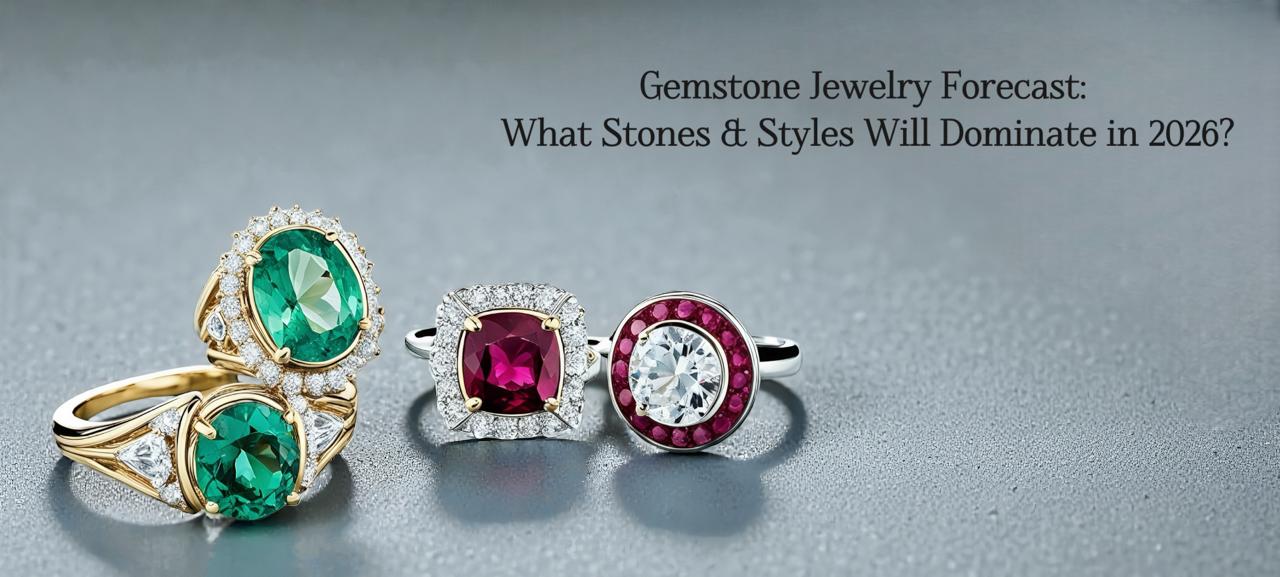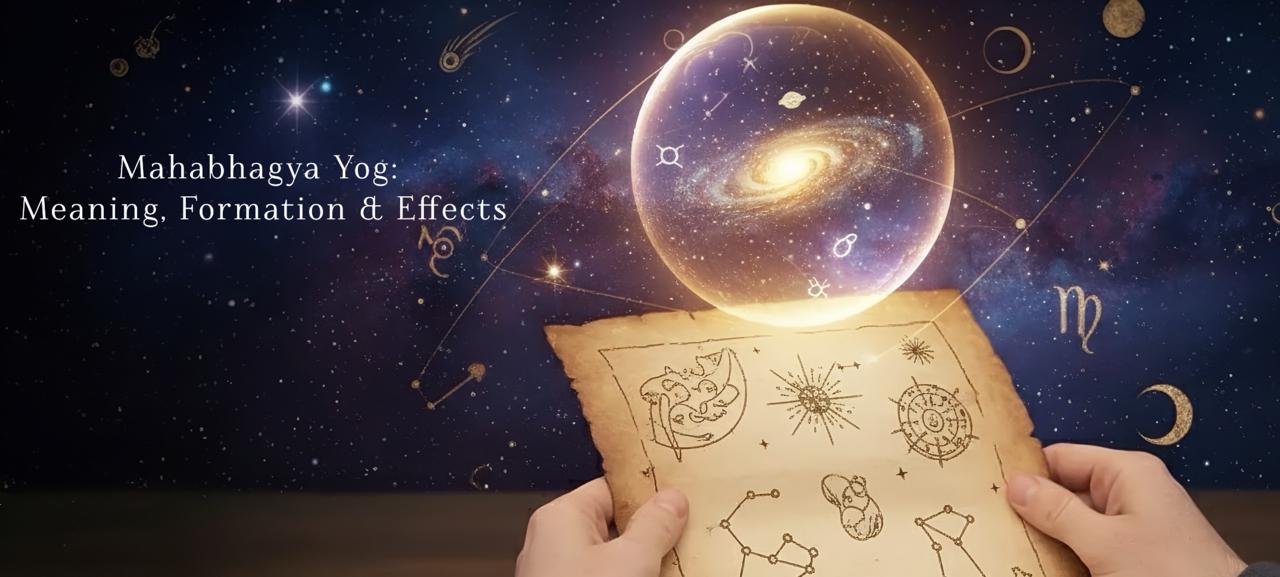 Categories
Categories 
The universe of gemstones is so towering and diverse that it will literally take eons for anyone to know every aspect of it. Instead of spending your valuable time gobbling up every piece of information available on gemstones, it’s prudent to understand the crux and principal technical terminologies that will help you to understand the nitty-gritty of gems in totality.
There are only a handful of resources available on and off the web that enclose all imperative terminologies related to gemstones. And, hopping from one platform to another will only make the process of learning all ins and outs of gemstone verticals bothersome and time-wasting. To ensure our readers don’t have to jump on multiple platforms to learn general and technical gemstone terminologies, we have curated the most comprehensive compilation of all the prime gemstone terms that will enrich your knowledge on the domain of gemstone manifold times. Let’s get started!
American Cut: The American cut refers to a perfect round brilliant diamond cut with a particular set of proportions and facet arrangements that were popular in the United States in the early 20th century and coined by Marcel Tolkowesky. It is characterized by a smaller table (the flat top facet) and larger crown (the top part of the diamond) than other round brilliant cuts, which can make it appear slightly larger and more brilliant.
Appraisal: A detailed written statement that expresses the estimated retail replacement value of a gemstone or gemstone jewelry. It is primarily used for insurance purposes.
Asterism: It is a rare phenomenon that occurs in certain gemstones, particularly star sapphires and star rubies, where a star-shaped pattern is exhibited on the surface of the stone when it is viewed under a single light source. This effect is caused by the presence of sharp needle-like inclusions within the stone that intersect at 60-degree angles, forming a six-pointed star shape.
Aventurescent: A phenomenon occurs in gemstones that emanates a vivacious display of sparkling colors because of the presence of metallic inclusions. It occurs primarily in minerals like quartz, sunstone, and feldspar.
Baguette: In gemstone terminology, a baguette is a type of gemstone cut that is characterized by a long, narrow rectangular or trapezoid shape with stepped facets. The name "baguette" comes from the French word which means "rod" or "stick," which describes the shape of the gemstone.
Baroque: It is a term that implies particularly on pearls. Baroque means irregular or oddly shaped gemstones.
Bezel Setting: A bezel setting is a stable and highly sought-after type of jewelry setting in which a gemstone is set into a metal frame that surrounds the entire perimeter of the stone, holding it securely in place. The metal frame can be shaped to fit the stone's exact shape and size.
Birthstone: The term birthstone is nothing but a gemstone that refers to a person’s birth month. Each month has a particular gemstone or multiple gemstones assigned, and birthstones are also divided into traditional and modern categories.
Blemish: A mark or imperfection on the external surface of a gemstone. It could be a crack, abrasion, fracture, or a mark. Not many gemstone enthusiasts know that an extra facet in a natural gemstone is also considered a blemish.
Brilliance: This term in gemstone is used to describe the amount and quality of light that is reflected back to the viewer from a gemstone's surface and interior. Brilliance is one of the predominant factors in determining a gemstone's beauty and value, and is often considered alongside other factors such as color, clarity, and cut.
The brilliance of a gemstone is largely determined by its refractive index, which is a measure of how much light is slowed down and bent as it passes through the gemstone.
Briolette: The term Briolette refers to stunning and long teardrop shape gemstones with rose-cut facets. This gemstone shape type also gets drilled to be used as a pendant.
Cabochon: A cabochon is one of the integral types of shapes in gemstones that have been shaped and polished into a smooth, rounded, and convex shape. Unlike faceted gemstones that have flat, angled surfaces to reflect light, cabochons have a smooth, curved surface that highlights the stone's natural color and patterns.
Carat: The term ‘carat’ is a standard unit of the weight measurement of gemstones. 1 carat equals 200 milligrams or .2 grams or 1/142 of an ounce.
Chatoyant: Also known as a cat’s eye effect, it is a rare and ingenious optical phenomenon and is dictated by a narrow band of light that appears to move across the surface of a stone or mineral when it is viewed under certain lighting conditions. This surreal effect is caused by the presence of parallel fibrous or needle-like inclusions, which reflect light in a way that creates the appearance of an incisive cat’s eye.
Clarity: One of the principal 4C’s factors that is largely used to determine the quality and value of a gemstone.
Cloud: The culmination of a number of tiny white inclusions that give a milky appearance.
Cushion: It is a shape of gemstone ranging from square to rectangular and with rounded corners and bigger facets to amplify the brilliance of a gemstone.
Corundum: One of the most abundant and prominent types of minerals prevails in the form of colorful crystals like yellow sapphire, ruby, or blue sapphire.
Diameter: The overall width of the gemstone measured across the widest part.
Depth Percentage: Depth Percentage can be defined as how deep a gemstone is compared to its width.
Double Refraction: This term is particularly used in the condition when a ray of light splits into two when passes through a mineral.
Dichoric: When a gemstone displays a different color shade other than the original color when viewed from different angles.
Drop-Cut: A pear-shaped cut gemstone with triangular facets on top.
Emerald Cut: The emerald cut is an intricate type of cut that is characterized by a rectangular shape with truncated corners and a flat top. The emerald cut is known for its unique faceting, which features long, narrow facets that run parallel to the girdle (the outer edge of the diamond). This gives the diamond a "hall of mirrors" effect, with flashes of light reflecting off the facets and creating a beautiful, elegant appearance.
Eye Clean: A gemstone is referred to as eye clean when it has no blemishes on the surface and no visible inclusions.
Facet: Any polished surface of a gemstone that allows light to enter and reflect through different angles.
Foiling: Principally done with rhinestones, it is a method in which coating of gold or silver is done behind a gem in a close setting to spruce up its appearance.
Fracture: Chipping or breaking on a gemstone surface is called a fracture.
Girdle: It is the widest part of the outer surface of a gemstone and also the demarcation line between the crown and pavilion.
Grading: The standard process of evaluating the quality of a gemstone is called grading.
Hardness: According to the Mohs scale, hardness is the resistance ability of a gemstone towards scratch and damage.
Heat Treatment: It is a process of treating a gemstone via controlled heat to improve color.
Hue: Different shades of color as well as an integral aspect of the color grading.
Idiochromatic: Gemstones that primarily have one color or reflect a very narrow range of colors. For example, peridot.
Inclusions: Inclusions are internal imperfections that dwindle the clarity as well as the quality of gemstones. Inclusions are of umpteen types.
Imitation: Any artificial gemstone that resembles a natural gemstone is called an imitation gemstone.
Internal Graining: Internal graining is the term given to those gemstones that encapsulate irregular crystal growth.
Iridescent: It is a phenomenon in which a gemstone changes colors due to the reflection of light caused by inclusions.
Lapidary: A dexterous craftsman who cuts and polishes gemstone till it reaches a finishing state.
Luster: It is the superficial ability of a gemstone to reflect light and is strongly linked with the refractive index.
Matrix: Refers to a rock in which gemstones are found. Also known as parent rock.
Marquise-Cut: The marquise cut is a type of diamond cut that is characterized by an elongated, oval shape with pointed ends. When viewed from the top, the diamond resembles the shape of a football or a boat. The marquise cut is designed to maximize the carat weight of the diamond, making it appear larger than other cuts of the same carat weight. Invented during the late 18th century.
Mohs Scale: It is a standard and numeric ten points scale used to determine the hardness of gemstones.
Opaque: The degree of transparency of a gemstone is called opacity. Generally, opaque gemstones don’t reflect light.
Oval-Cut: An elongated version of the round cut usually characterized by fine and fancy 56 facets. Used to maximize the carat weight of a gemstone.
Pavilion: The lower part of a gemstone ( below the girdle) is called Pavilion.
Pleochroism: An innate ability of a gemstone to display two or more colors when viewed from different angles.
Pear Cut: The pear cut is a hugely popular diamond cut that is shaped like a teardrop or a pear. It is a modified brilliant cut that has 56 to 58 facets, including the table (the flat top surface) and the culet (the pointed bottom). The pear cut is a unique and elegant cut that is ideal for engagement rings, pendants, and earrings.
Princess Cut: It is one of the fanciest gem shapes which has pointed corners and squares in shape. In an ideal princess cut, the length-to-width ratio is 1:1.
Prong Setting: Prong setting is a popular method used to secure a gemstone or diamond in a piece of jewelry. It involves using small metal claws, or prongs, to hold the stone in place. Typically, four or six prongs are used in a prong setting, with four being the most common.
Radiant Cut: In this type of cut, rectangular or square shapes are given to gemstones with cut corners. This cut comes with at least 60 to 70 facets and offers the utmost elegance and brilliance to gemstones.
Refraction: It is a natural phenomenon in which light deviates when enters from one medium to another.
Refractive Index (RI): The measuring unit of the degree of refraction in a gemstone is called the Refractive Index (RI). The higher the refractive index, the greater the light will bend in a gemstone.
Single Cut: A poky and round gemstone with only 17 to 18 facets including 8 Bezels, 8 pavilions, and a culet facet.
Solitaire: One of the most popular types of setting in a ring in which only a single gemstone is mounted.
Specific Gravity: This standard unit is used to measure the density of a gemstone. The specific gravity is measured by the weight of the gemstone with the weight of an equal volume of water.
Step Cut: Step cut is one of the most prominent styles of cutting gemstones that create rectangular or square facets arranged in parallel lines that resemble a set of steps. This type of cut is also known as a trap cut, because the long, straight facets can trap light within the stone, creating a mirror-like effect.
Translucent: Translucency can be defined as the diffusion of light when passes through a medium.
Treated Gemstone: In layman's terms, gemstones that are subjected to different types of enhancement methods to improve clarity and color.
Trichoric: A gemstone that exhibits three different colors when viewed from different angles or directions.
Trilliant Cut: The triangular shape in gemstones is called trilliant cut. This cut is used to give a fancy shape to a gemstone and augment its brilliance.
Read More:- How To Clean Gemstone Jewelry


Gemstone Jewelry Forecast: What Stones & Styles Will Dominate in 2026?
December 1st, 2025
Why Shani Can Make or Break Your Life — The Untold Astrological Truth
December 1st, 2025

Minimalist vs Statement: Choose Gemstone Jewelry Based on Your Personality
November 26th, 2025